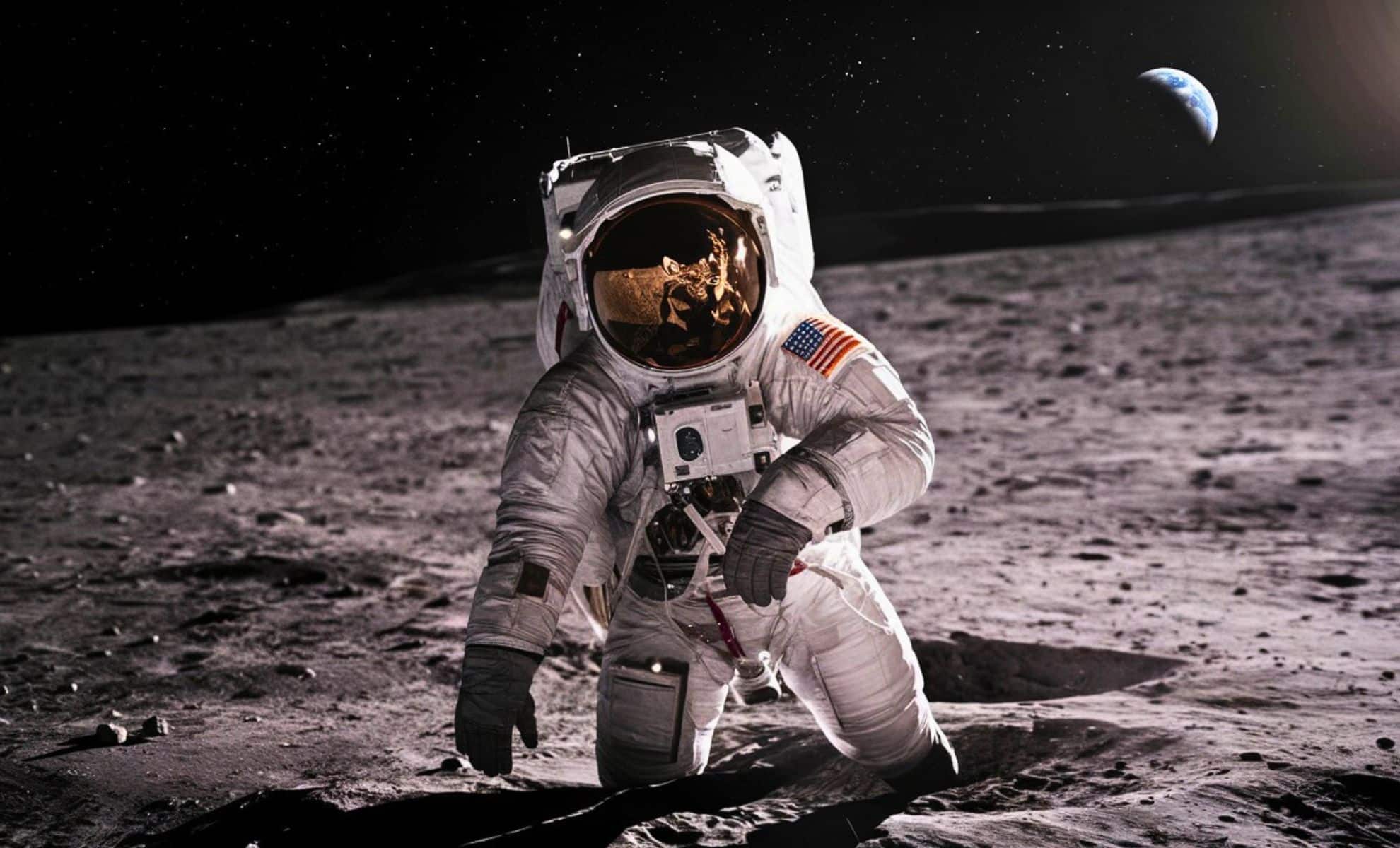
NASA has unveiled an exciting new challenge that may revolutionize the future of lunar exploration. The agency is inviting inventive minds, engineers, and problem solvers to devise a system designed to transport a stranded astronaut across the Moon’s surface. The aim is to create a solution that can safely move an injured or unconscious team member over challenging terrain, all without relying on a rover.
As a crucial component of the Artemis program, which aspires to return humans to the Moon and establish a long-term presence, this challenge plays a vital role in ensuring astronaut safety. Submissions are due by January 23, 2025, with NASA offering a generous $20,000 grand prize for the most innovative concept. Additionally, $45,000 will be distributed among at least two other promising entries.
The Hazards of Being Stranded on the Moon
Space travel has always involved significant risks. One of the most heartbreaking events in space history occurred in 1971 when Soyuz 11 experienced cabin depressurization, resulting in the loss of all three cosmonauts. Although no astronaut has lost their life in the vacuum of space, NASA is diligently working on ensuring that future lunar explorers have an effective rescue strategy in emergencies.
During the Apollo 11 mission, there was no contingency plan in place should Neil Armstrong and Buzz Aldrin been unable to return to their lunar module. Their fellow astronaut Michael Collins, orbiting above, would have had no choice but to return to Earth alone. In fact, President Nixon even had a speech prepared in case they became stranded.
Now, with the upcoming Artemis III and IV missions focused on the Moon’s South Pole, NASA is taking every precaution to guarantee that astronauts can safely reach assistance if they are incapacitated.
Challenges of Moving an Astronaut on the Moon
Transporting a wounded astronaut in the lunar landscape is a formidable challenge. The Axiom space suit, created in partnership with Prada, will weigh roughly 343 kg (750 lbs) on Earth. Due to the Moon’s lower gravity, that weight decreases to about 57 kg (125 lbs), yet it remains a considerable burden for a fellow astronaut to handle.
Adding to the complexity, NASA’s guidelines stipulate that the proposed system must:
- Move an astronaut over 2 km (1.2 miles) of lunar terrain
- Ascend a 20-degree incline
- Operate independently of a rover
Furthermore, the Moon’s environment poses severe conditions. The South Pole region where Artemis astronauts will land endures extreme temperature fluctuations, ranging from +55°C (131°F) in sunlight to -200°C (-328°F) in the shade. Additionally, the lunar regolith consists of a fine, abrasive dust that can obstruct machinery and hinder movement. Any proposed solution must be robust, efficient, and capable of withstanding these harsh environmental factors.
How to Submit Your Proposal
Nasa’s Lunar Astronaut Rescue Challenge welcomes all who have a viable and innovative solution. Submissions should include a comprehensive proposal detailing how the system will operate, its practicality, and its capacity to endure the Moon’s severe conditions.
The top concept will earn a $20,000 prize, while at least two additional teams stand to share $45,000 in supplementary awards. More importantly, the winning designs could play an essential role in future lunar missions, ensuring astronaut safety as humanity advances further into space.
For those enthralled by engineering, space exploration, and innovation, this is a unique opportunity to contribute to a pivotal moment in space research. Will your idea be the one that helps NASA rescue an astronaut on the Moon?
This article originally appeared in Hindustan Times. For further details, please visit: https://www.herox.com/NASASouthPoleSafety









